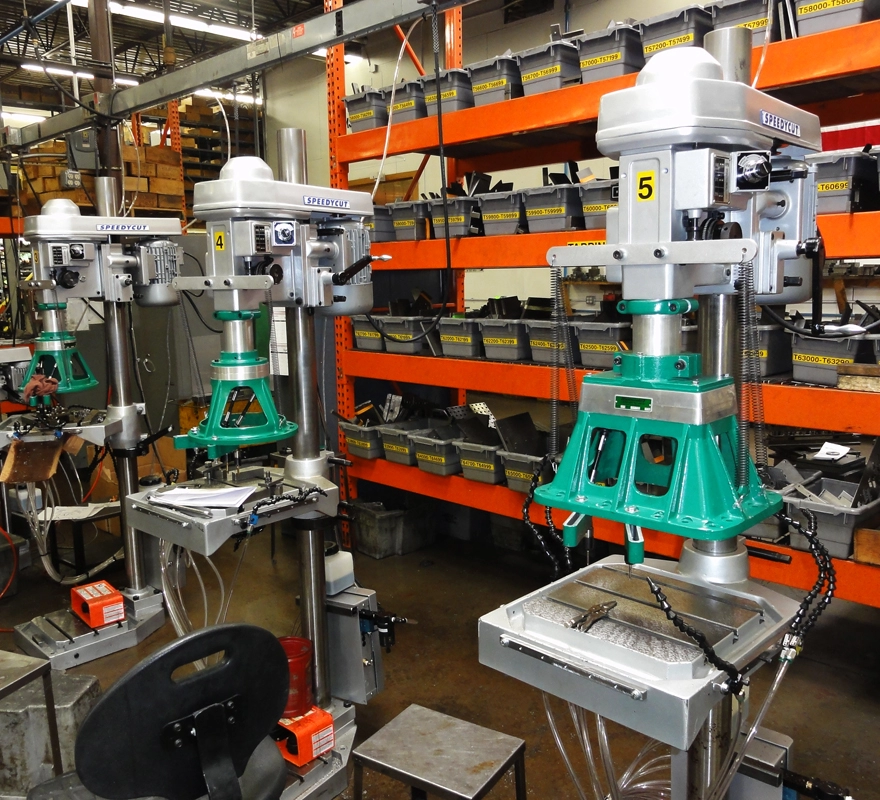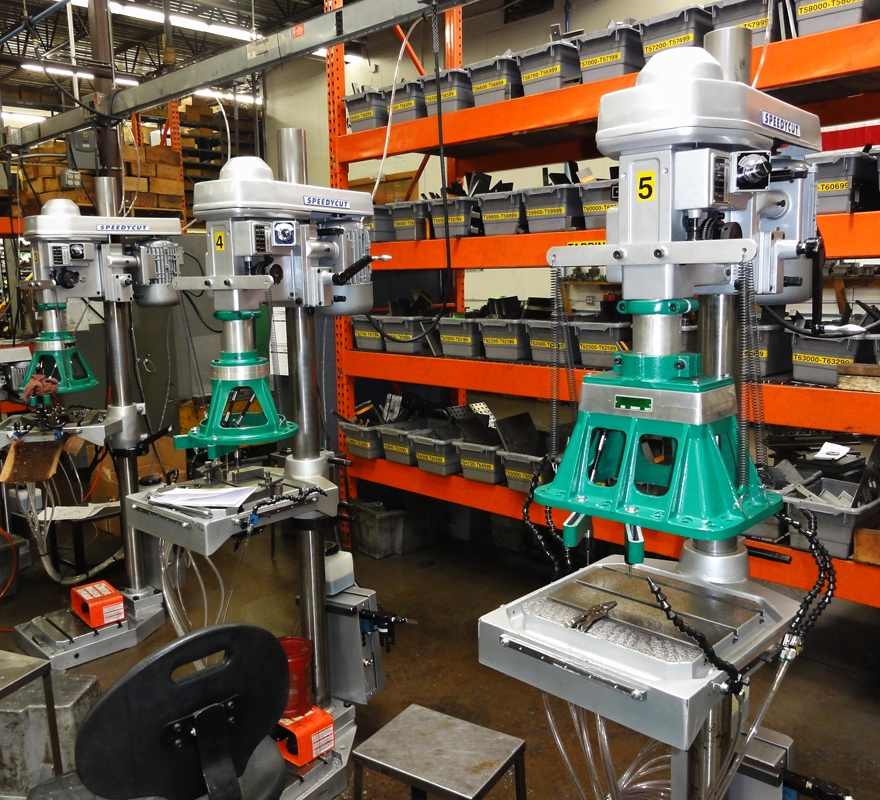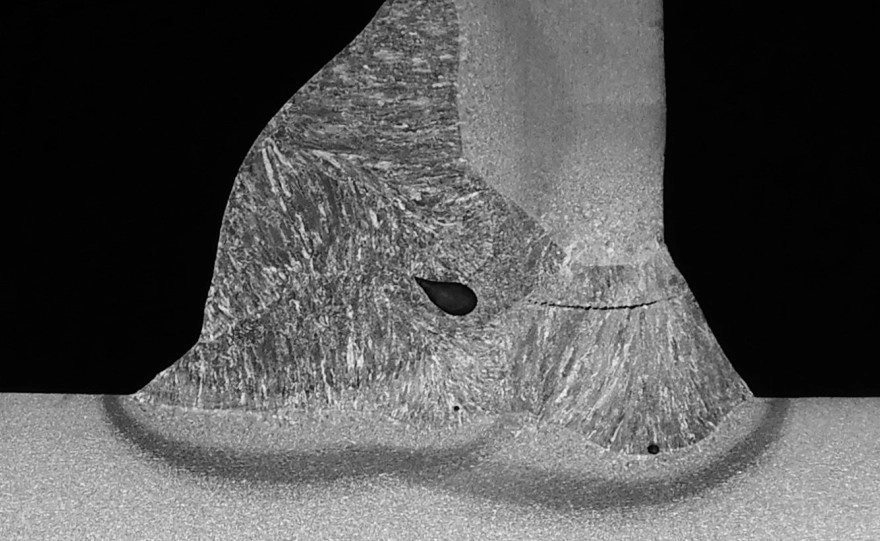What is Tapping in Metal Fabrication
Tapping is a precise machining process used to create internal threads inside pre-drilled holes. This allows screws or bolts to securely fasten components together in metal fabrication projects. Essentially, tapping forms the threads that match external fasteners, enabling strong and reliable connections.
The process works by using a specialized tool called a tap, which either cuts or forms the threads inside the hole. As the tap rotates, it carves grooves that correspond to the desired thread pattern, ensuring compatibility with standard screws or bolts.
There are several types of taps commonly used:
- Taper Taps: Have a gradual cutting edge, ideal for starting threads smoothly.
- Plug Taps: Feature a less tapered end, used for threading through holes.
- Bottoming Taps: Designed to cut threads to the bottom of blind holes.
Compared to other internal threading methods, such as thread milling or thread rolling, tapping is generally faster and more cost-effective. Thread milling offers high precision and flexibility for complex thread forms, while thread rolling creates threads by deforming the material rather than cutting. Tapping strikes a balance between efficiency and accuracy, making it a popular choice in metalworking.
The Role of Tapping in Metal Fabrication

Tapping plays a crucial role in metal fabrication by creating internal threads that ensure secure fastening of components. Whether it’s bolts holding engine parts or screws securing delicate medical devices, tapped threads provide the strength and reliability needed in assembly.
This process serves a wide range of industries, including:
- Automotive: Threads for engine components and chassis panels
- Aerospace: Fastening critical fuselage and engine parts
- Medical: Precision threading for surgical instruments and implants
- Consumer goods: Threaded parts in electronics, furniture, and power tools
The benefits of tapping are clear:
- Precision: Produces accurate internal threads for a tight fit
- Versatility: Works on various metals and hole types
- Minimal waste: Limits material removal compared to other threading methods
However, tapping comes with challenges such as tool wear from hard materials, difficulty threading blind holes, and dealing with material hardness. Proper tap tool selection and using CNC technology help overcome these issues for consistent, high-quality results.
How HYCNC Enhances Tapping with CNC Technology
At HYCNC, we take tapping in metal fabrication to the next level by leveraging advanced CNC machining technology. CNC tapping ensures threads are cut or formed with exceptional precision, reducing errors and improving consistency across high-volume production runs. Our machines support synchronous tapping, where the spindle and tap rotate in perfect sync. This technique minimizes thread damage, enhances tool life, and delivers flawless internal threads every time.
We also use combination drill and tap tools that streamline the process by drilling the hole and tapping the thread in one setup. This not only saves time but also boosts efficiency and repeatability, critical for meeting tight manufacturing schedules.
To maintain the highest quality standards, HYCNC implements strict quality control measures. We regularly check thread dimensions and durability using precision gauges and testing equipment to ensure every tapped hole meets exact specifications. This commitment guarantees reliable, long-lasting threaded fasteners for your metal fabrication needs.
For more on how CNC machining improves metal fabrication, check out our insights on sheet metal fabrication.
Step by Step Process of Tapping in Metal Fabrication
Tapping starts with designing the hole using CAD and CAM software. This ensures the hole’s size, position, and depth are precise for the thread you need.
Next, select the right tap tool depending on the material, thread size, and hole type – whether it’s a through-hole or blind hole. Choosing the correct tap is crucial for clean, strong threads.
Then, drill the pre-hole to the exact size and depth required. This step is key since the tap cuts threads into the hole, so the pre-hole has to be perfect.
When it’s time to tap, you can do it manually or with CNC machines. Manual tapping works for small jobs, but CNC tapping offers better precision and speed, especially for high volume runs. Using tapping fluid helps reduce heat and wear, improving tool life and thread quality.
Finally, perform a quality inspection to check the thread’s accuracy and finish. This might include visual checks, thread gauges, or even advanced measuring tools to ensure every thread meets specs before moving to assembly or shipping.
For more on metal fabrication processes and precision machining, check out our sheet metal fabrication process overview.
Best Practices for Effective Tapping
To get the best results in tapping, choosing the right tap is key. For tougher materials like steel, cutting taps work best since they efficiently remove material to form clean threads. For softer metals like aluminum, form taps are ideal because they shape the threads without cutting, reducing tool wear and improving thread strength.
Using the right spindle speeds matters too. Running the tap at the correct speed helps avoid tool breakage and ensures precise threads. Plus, applying proper tapping fluids keeps the tap cool, reduces friction, and extends tool life.
Tapping blind holes (holes that don’t go all the way through) comes with its own challenges. Chips can build up and cause damage, so using spiral flute taps designed for chip evacuation is a smart move. For through holes, chip removal is easier, so you have more flexibility on taps and speeds.
At HYCNC, we leverage automated CNC systems with synchronized tapping to maintain exact thread depth and alignment every time. This technology minimizes errors, increases efficiency, and delivers consistent thread quality across high-volume production runs.
For more insights into related metal fabrication processes, check out our sheet metal fabrication services or explore how CAD/CAM design helps improve machining efficiency.
Applications of Tapping in Key Industries
Tapping plays a key role in many industries by creating strong, precise threaded holes that hold parts securely.
Automotive
Tapping is essential for engine components, chassis panels, and assembly parts. It ensures bolts and screws fit perfectly, supporting vehicle safety and performance.
Aerospace
In aerospace, tapping is used for fastening fuselage sections and engine parts. Precision is critical here to meet strict safety and durability standards.
Medical
Medical devices like surgical instruments and implants need extremely accurate internal threading. Tapping provides the fine precision these tools require.
Consumer Goods
From electronics to furniture and power tools, tapped threads allow easy assembly and repair. Tapping supports the durability and reliability of everyday products.
Case Study: HYCNC in Automotive
HYCNC has delivered high-quality tapped parts for automotive manufacturers by combining expert CNC tapping technology with rigorous quality control. This ensures parts meet demanding specs for performance and longevity.
Tapping isn’t just a metalworking step—it’s a foundation for building reliable, durable products across the U.S. manufacturing landscape.
Common Challenges and Solutions in Tapping
Tapping isn’t always straightforward, especially when working with tough materials or tricky hole types. Here are some common challenges we see and how we tackle them:
Tool Wear in Hard Materials
Hard metals like titanium wear down taps quickly. The solution? We use specialized taps designed to withstand high stress, paired with proper lubrication to keep tools cool and sharp longer.
Chip Evacuation in Blind Holes
Removing chips during blind hole tapping can get messy and cause thread defects. To fix this, we rely on spiral flute taps that effectively pull chips out of the hole. Combined with optimized CNC settings, this keeps threads clean and precise.
Misaligned Threads
Misalignment ruins thread quality and weakens fastening. We prevent this by using synchronized tapping on CNC machines, which keeps the tap perfectly aligned and speeds just right for consistent, accurate threads every time.
Addressing these challenges head-on means better quality, less downtime, and more reliable tapped parts for your projects.
Why Choose HYCNC for Tapping and Metal Fabrication
At HYCNC, we bring expert CNC machining to the table, delivering precise, high-volume tapping that meets your project demands every time. Whether you’re working with tough metals or delicate materials, our customized solutions adapt to fit diverse industries like automotive, aerospace, medical, and consumer goods.
We’re serious about quality, sustainability, and efficiency — ensuring every part we produce sticks to strict standards while minimizing waste and energy use. With our advanced CNC technology and skilled team, you get consistent, reliable threading and metal fabrication you can count on.
Ready to improve your production with expert tapping and metal fabrication? Contact HYCNC today for a personalized quote or consultation. We’re here to help you get the job done right.




